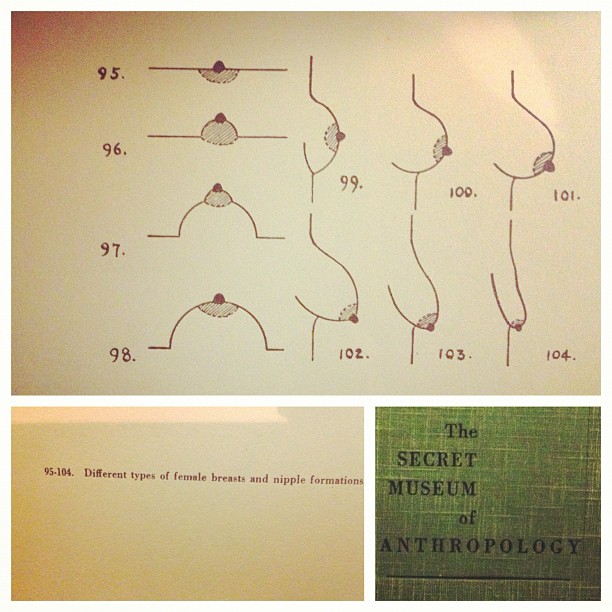LAST POST OF THE YEAR!!!
I am doing that reading thing that I do. I finally accepted that I am okay engaging with Psycho-analysis. I just can’t work with Lacan. It doesn’t work for my thinking. I’ve read a few things that have allowed this to be okay. Currently I am reading Kelly Oliver’s The Colonization of Psychic Space. It has been fantastic for me. It let me know that my thinking was on the write track and gave me many tools, quotes, and citations to explain why so much of the theoretical canon does not work for my project. So, as I speak into the abyss of the digital, I really want to say think you to Kelly Oliver for writing this book.
One of the things that I am loving is she does such a wonderful deep engagement with Fanon. When I took my Fanon course, and wrote my paper, it was all about getting out of the net of colonization that he speaks about and creating new worlds by taking what exists and imagining it differently.
So when I got to this part on page 42?
If the true revolution is one of imagination, it requires not only the creation of positive values for those abjected by dominant culture but also the revaluation of values such that the very structure of valuation is opened up for transformation. It requires throwing off not only Marx’s imaginary chains but also chains that bind the imaginary and thereby restrict psychic space.
There was a audible yes said and then some frantic typing.
But what does this have to do with Digital Media?
I’ve been thinking through my project and imagination in terms of Performance Studies. That seems like a natural fit. When I read this, it hit me that it is just as valid in terms of engagement with Media Studies as well. The Digital is a realm that allows us to actively engage in imagination towards world making. By being able to pick and choose what we see, what we share, what we put together, we create worlds that encapsulate both alienation and community/communal-ness, while at the same time, directly engaging what Western epistemology has deemed the ultimate form of meaning making (and world making), the Archive. The role of the curator has been expanded. Rather than having a lead curator, there are always multiple curators, putting things together and taking things apart in ways that were not possible before. The level at which this happens goes out of the past realms of possibility (in terms of pace, size, and scale). That isn’t to say new media of the past didn’t change things in similar ways (see the electronic age happened). The Digital is different though. The element of imagination is built into the scripts. While other forms of media engage imagination, I’m thinking especially video games, the biggest difference I see in previous media is that script has a set ending. While technically digital media runs on scripted programs, the script tends to be open ended. It is really a space where the user is asked to imagine the possibilities and make what they will/want. When we couple digital media with social media, we are asked to imagine the possibilities in a way that changes the world we live in, not just the world on the screen, with people we have the possibility of speaking with instead of just speaking to or about. Depending on how we use these tools, the ability to imagine different types of social engagement and create the networks that enable those engagements with the click of a send/post button and the proper hashtag or keyword in miliseconds seems pretty revolutionary to me. And that is awesome.




